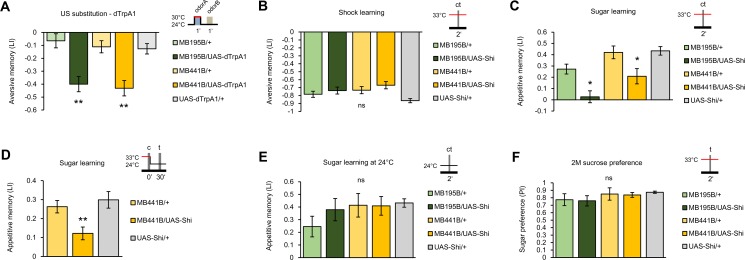Fig 2. PAM-γ3 neurons are involved in acquisition of both aversive and appetitive memories.
(A) Thermoactivation with MB441B-GAL4 and MB195B-GAL4 paired with an odor induces aversive memory of the paired odor. LI, learning index; n = 7–10. (B) Blockade of the PAM-γ3 neurons in MB441B-GAL4/UAS-shits1 and MB195B-GAL4/UAS-shits1 flies leaves electric shock–reinforced immediate aversive memory intact. n = 8. (C) In contrast, the same blockade impairs sugar-rewarded immediate appetitive memory. n = 12–20. These data are reproduced with the same genotypes, but outcrossed with a wild-type strain for four generations (S2 Fig). (D) Transient blockade of PAM-γ3 during training impairs acquisition of appetitive memory. n = 23–35. (E) The performance of MB441B-GAL4/UAS-shits1 and MB195B-GAL4/UAS-shits1 flies is normal at a permissive temperature (24°C, 30 min memory). n = 8. (F) Blockade of PAM-γ3 with MB441B-GAL4/UAS-shits1 or MB195B-GAL4/UAS-shits1 does not impair innate sucrose preference. PI, performance index; n = 6–8. c, conditioning; t, test. Bars and error bars indicate means and standard error of the mean (SEM), respectively, throughout this study. The numerical data used in all figures are included in S1 Data. * p < 0.05, ** p < 0.01; ns, not significant.

